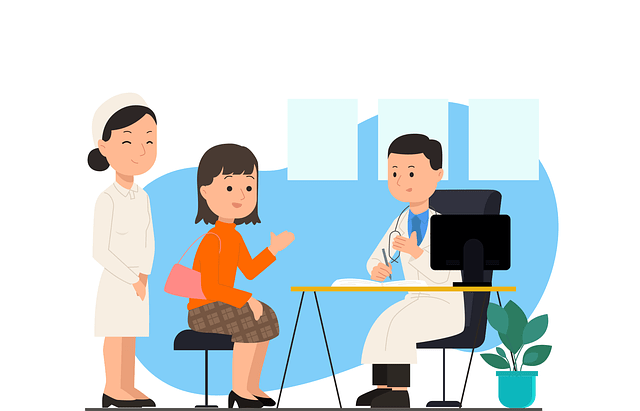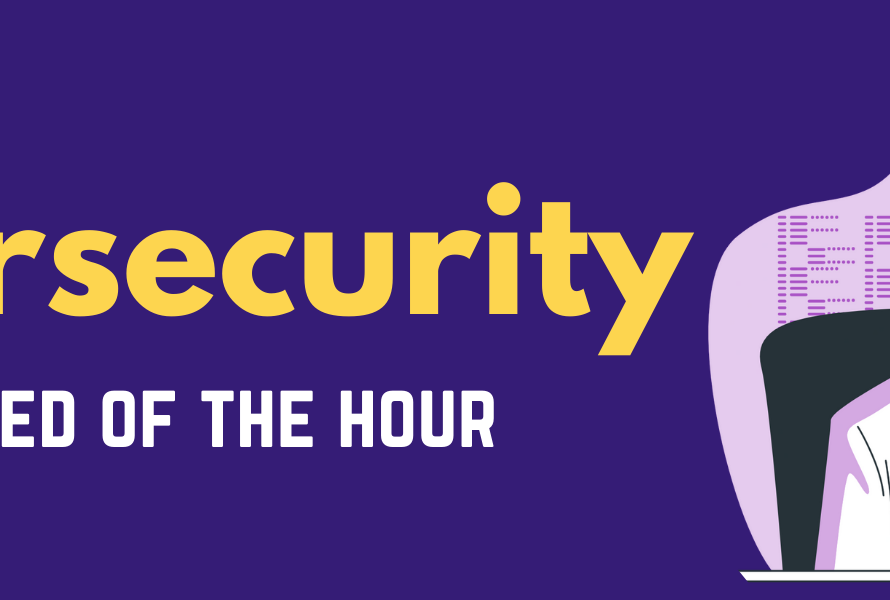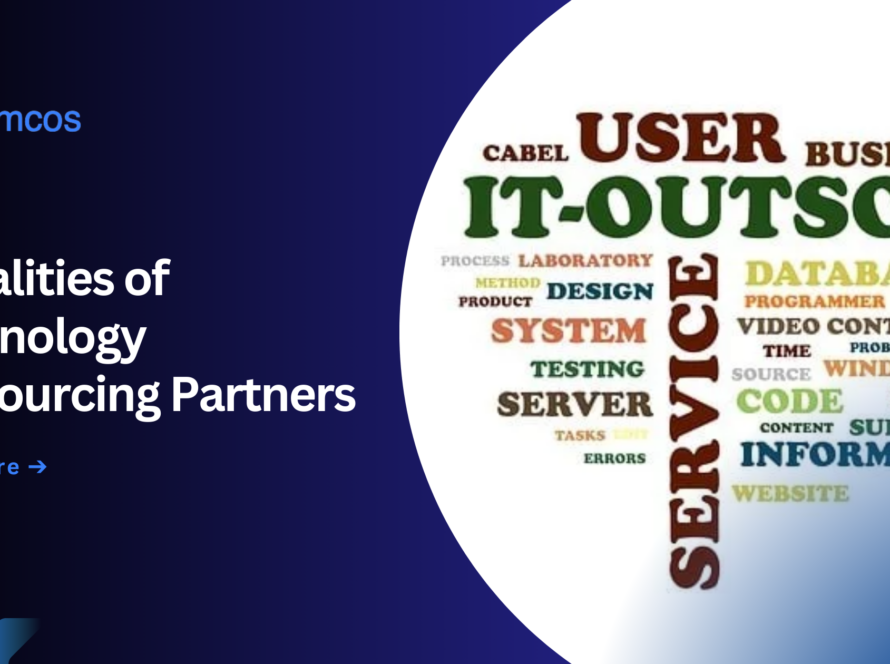Data Management in Medical centres, clinics and hospitals is a major task. Hospitals manage extensive data, including patient records, clinical operations and administrative details. SaaS platforms centralise this information, enhancing accuracy and accessibility. By integrating EHRs and utilising cloud computing, hospitals streamline operations and improve patient care by ensuring data interoperability. Key benefits include real-time analytics, regulatory compliance, secure patient portals and efficient resource management, which are important for effective healthcare delivery.
Table of Contents
What is Hospital Data?
Healthcare facility data includes many of the information that is being produced and collected in a hospital. These include patient records, with information on medical histories, diagnoses and treatments to medications and outcomes. In addition, hospitals were storing clinical operation data like the results of labs and imaging studies or surgical procedure which helps in providing quality care. Administrative data includes staff schedules, billing information as well as inventory and resource management. The system also stores data on patient demographics, insurance information and scheduling of appointments. This extensive body of data is valuable for delivering excellent care, maintaining operational effectiveness and aiding in decision-making, research and healthcare regulation compliance.
What are SaaS Platforms?
Software as a Service (SaaS): SaaS is essentially equivalent to cloud computing, but it refers only to the delivery of applications through shared resources on the web. Users access the software from a web browser rather than installing it on individual devices, often per subscription. Back-up and Restore — SaaS, because of the cloud concept on which it is built upon, scales very easily without worrying about costs for buying new hardware in house IT infrastructure might be required.
SaaS Updates These are the improvements and enhancements in cloud-based software applications which is regular delivered to you by your SaaS service provider once they have launched. This updates brings updated versions of critical system daemons as well software packages that already have fixes for new features, security vulnerabilities and bug fix. SaaS updates are applied automatically, unlike with traditional software — all users always have the latest version installed and do not physically install these to their machines. The software has to be up-to-date for a better user experience, updated security and business needs+technological advances.

Importance of Data Management in Healthcare
Data Management in healthcare keeps the information available to all systems, meaning standardized data wherever it is needed and helps maintain efficient patient care as well as operations, regulatory compliance and research/analytics for better healthcare delivery.
• Improved Accuracy and Consistency
Governance ensures patient details are updated globally and all systems/sections minimize the discrepancies in medical records. The combination of correct, time-stamped data ensures that healthcare providers have a single source of truth from which to base their treatment choices: improve care quality, reduce errors and makes sure the decisions around therapies are supported by up-to—the-minute information.
• Enhanced Patient Care
Cloud-based data management and synchronisation is made possible in real-time, so healthcare providers are able to access current patient information for better-informed decisions This near moment-to-moment access to current data means interventions are made swiftly and treatments designed accordingly; vastly improving the patient experience. It allows them to address issues more effectively, which ultimately leads to improved patient outcomes.
• Improved Research and Analytics
Quality data that is well managed supports in-depth research and analytics, which helps healthcare organisations recognise trends and objectively assess the effectiveness of treatments. This rich data stream is useful in evidence-based decision making and optimization of clinical care. ReadCoor harnesses the power of synchronized data to create an updated and comprehensive view into patient information, empowering facilities with in-depth analytical tools through which they enhance their initiatives for strategies for care delivery.
• Streamlined Operations
Better Communication: Proper Hospital Data Management integrates all departments in the hospital to foster proper communication which eases operational workflow and lessens the administrative workload. The coordination enables more seamless care integration from specialties and services, supporting around all operational efficiency. In addition to better streamlining data throughout the system, healthcare organisations reduce redundancy of resources and provide more integrated patient care. In summary, data synchronisation is a necessary for preserving the integrity and value of healthcare delivery.
How do hospitals use SaaS for unified Data Management?

Hospitals Software as a Service (SaaS) solutions aggregate and manage their data in a centralised location. Here’s how they typically achieve this:
• Electronic Health Records (EHR) Management
Management of Electronic Health Records (EHR)—also called EMR and advancements in software will drastically change the way health facilities interact with patients data. Digital systems are used for centralising patient records in modern healthcare, with a shift from paper-based forms of documenting to more secure and accessible ones electronically. It streamlines processes, improving efficiency through rapid retrieval and storage of patient information in hospital departments. Enhanced visibility into patient records and real-time updates further enable better care coordination across different health systems, leading to an accurate diagnosis or treatment.
Furthermore, cutting-edge EHR systems boost the implementation of decision support tools and analytics, enabling healthcare providers to use a data-driven approach for their clinical decisions. With increasing data sharing, the new EHR software for use will improve communication among caregivers which leads to fewer medical errors and better patient outcomes. In the end, well-conceived EHR management via new software translates to improved patient care and operations in medical environments.
• Data Integration and Interoperability
Software as a Service platforms only differ on the extent API collection, implementation and (in many cases) usage of standard formats support Data integration.Transformation is really an old ghost in this domain. Those capabilities allow hospitals to incorporate data from different departments—such as radiology or lab services. This standardizes data so that the patient information is identical in two different areas of care.
Moreover, most SaaS solutions were built to work with existing hospital systems providing a useful data link either between legacy and modern. This inter-system operability reduces chances of data duplicacy, improves robustness in the accuracy of patient records and empowers to efficiently manage & access health information.
• Cloud computing
Cloud-based SaaS platform with significant benefits for hospitals Since these solutions scale as needed to accommodate the hospital’s demand, it handles large volumes of data in an adequate way. It keeps the system scalable and able to handle much more user input without affecting performance.
Also, cloud computing provides remote access with clinical and admin staff also obtain patient data in any location. This is of paramount importance for telemedicine and remote patient monitoring, where access to patient information in real-time anytime from anywhere while being securely authenticated against the cloud, with user’s context reinstated at both ends is required limitlessly whilst limiting security risks.
• Data Analytics and Reporting
Hospitals benefit substantially from the data analytics and reporting present in SaaS platforms. With real-time analytics, hospitals continuously monitor performance and patient outcomes and catch trends as they develop. This real-time understanding makes timely intervention solutions possible and increases the value of different resources.
Thirdly, the feature to create personalized reports is wonderful. Users design custom reports for many purposes such as regulatory compliance, quality improvement initiatives or operational efficiency. With these custom report, we provide actionable insights that aid in strategic decision making while hospitals are able to maintain high standards of care and comply with regulatory mandates.
• Patient portals
Patient portals patients allow within the SaaS platforms to approach their health records, test results, medical history and treatment plan directly. These portals will also provide patients to schedule appointments without having to call and have better overall appointment management. In addition, they provide HIPAA-compliant channels of communication with healthcare providers which is perfect for patient engagement and satisfaction.
Thus patient portals also aid in secure communication between the patients and healthcare providers, where a patient ask questions for clarifications or request prescription refills and more that too directly. The improved access and communication availability help patients to become involved in managing their healthcare, resulting better patient satisfaction and engagement with reducing administrative burdens for health providers.
• Inventory and Resource Management
Hospitals are able to keep track of inventory and resources with centralised SaaS platforms that bring all data in one place. With this centralised model, hospitals effectively maintain and ensure that supplies as well equipment including medications are kept in stock without any issue.
Hospitals also follow demand patterns, identify trends and anticipate necessity to not waste or run out. In addition, by supplying much-needed and timely data on asset availability & utilisation (containing beds to medical devices), these platforms optimise resource management as well. This improves operational effectiveness, lowers overall costs and helps make sure resources are deployed in the most cost-effective way possible to care for patients. Hospitals that rely on SaaS solutions are able to aggregate and organise their data in one place, all while keeping it secure and accessible — both of which lead them providing better patient care as well saving money from operational costs.

SaaS platforms have impacted hospital data management by centralizing and synchronizing information from multiple systems. This integration provides accurate and consistent information, improved patient care quality allows an efficient operational process to combine regulatory compliance. This real-time data allow for sound decision making and resource utilization, with the needed analytical tools fuelling research as well as operational improvements.
Blending advanced levels of security with intuitive patient portals, SaaS solutions both securely protect sensitive information and capture greater patient engagement and satisfaction. In essence, the hospital needs to infuse SaaS platforms that help in becoming more efficient and delivering better care within a rapidly changing healthcare landscape.
How does Himcos help?
Himcos provides SaaS Upgrade and Software Modernization services. Our team isn’t just skilled, you get the best minds tackling your modernization project, ensuring exceptional quality and results. Our experts help improve performance, reduce costs, enhance security and foster innovation providing our clients with scalable, secure and high performing applications. Our Data team excels in providing Data Management Strategy and services to unlock your data from legacy database, break free from limitations of data exports and limited Data analytics.



